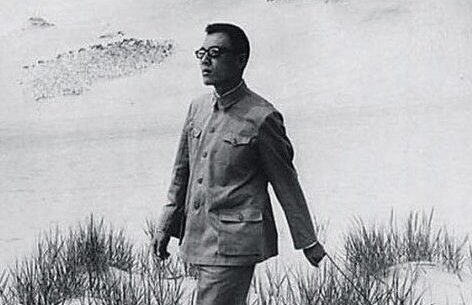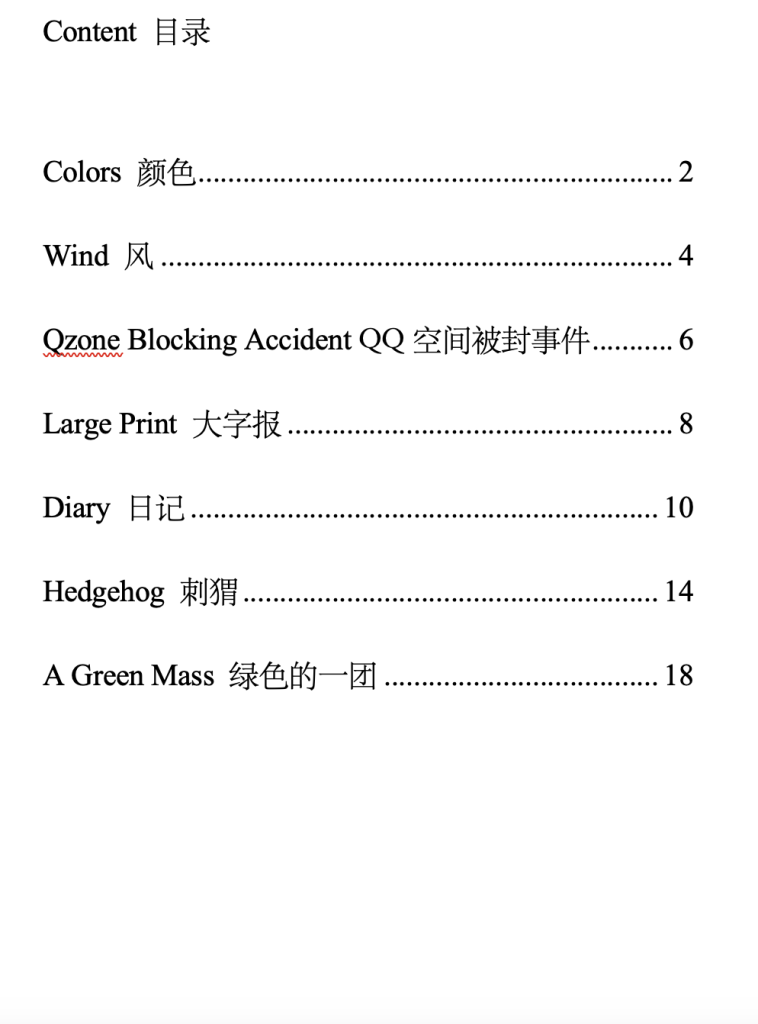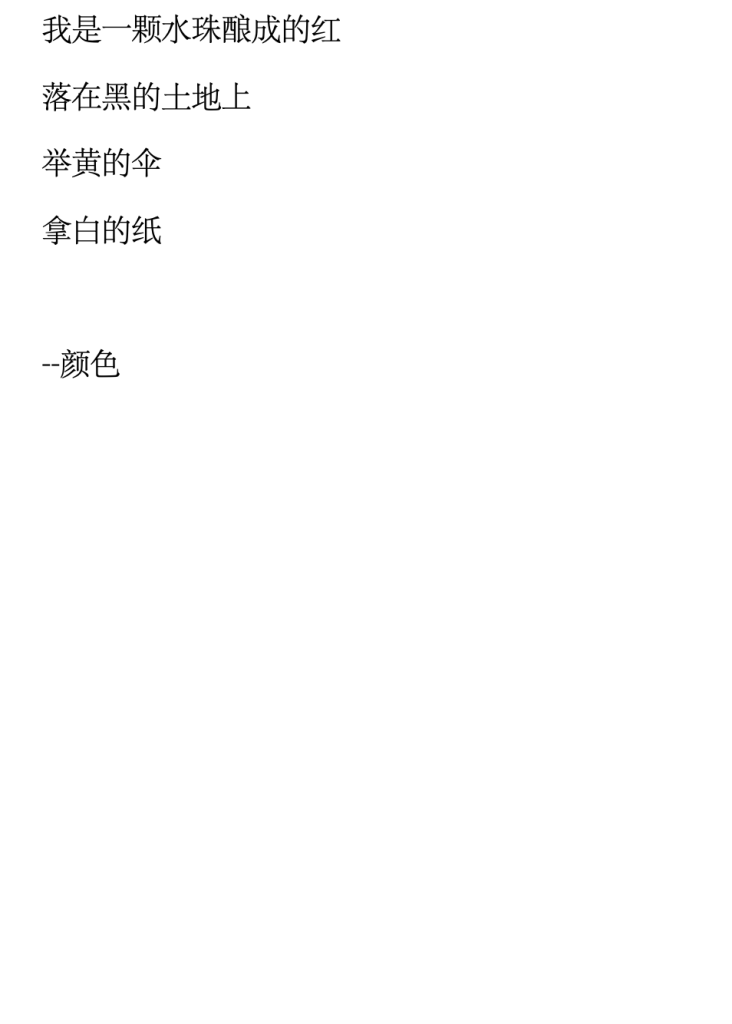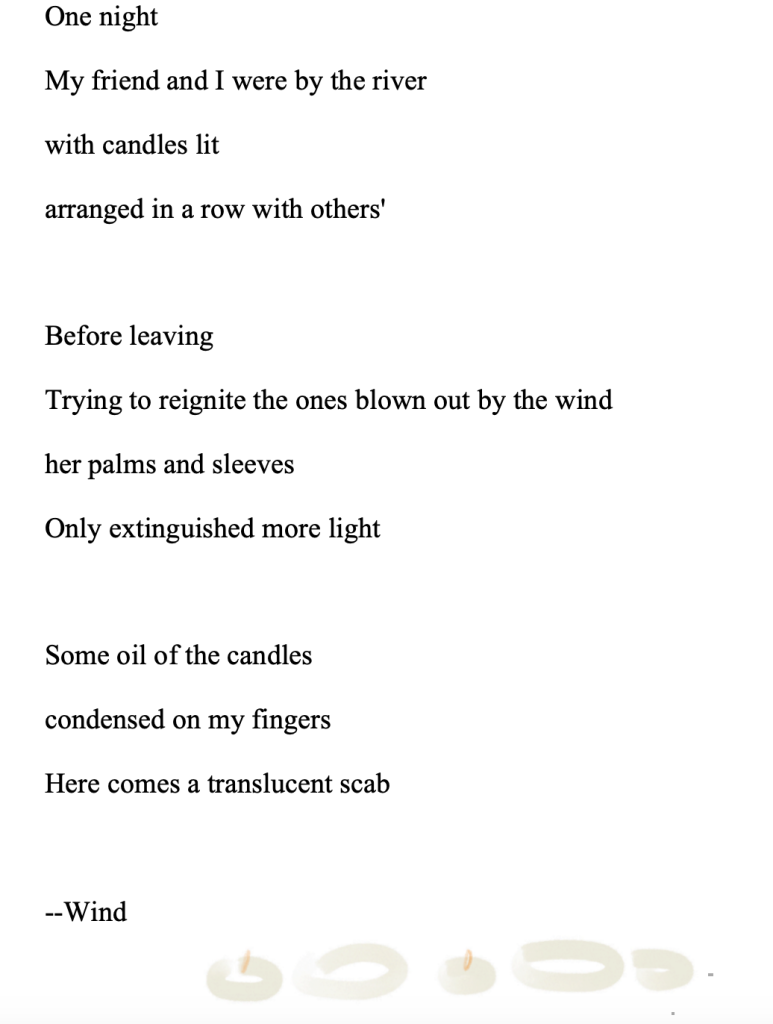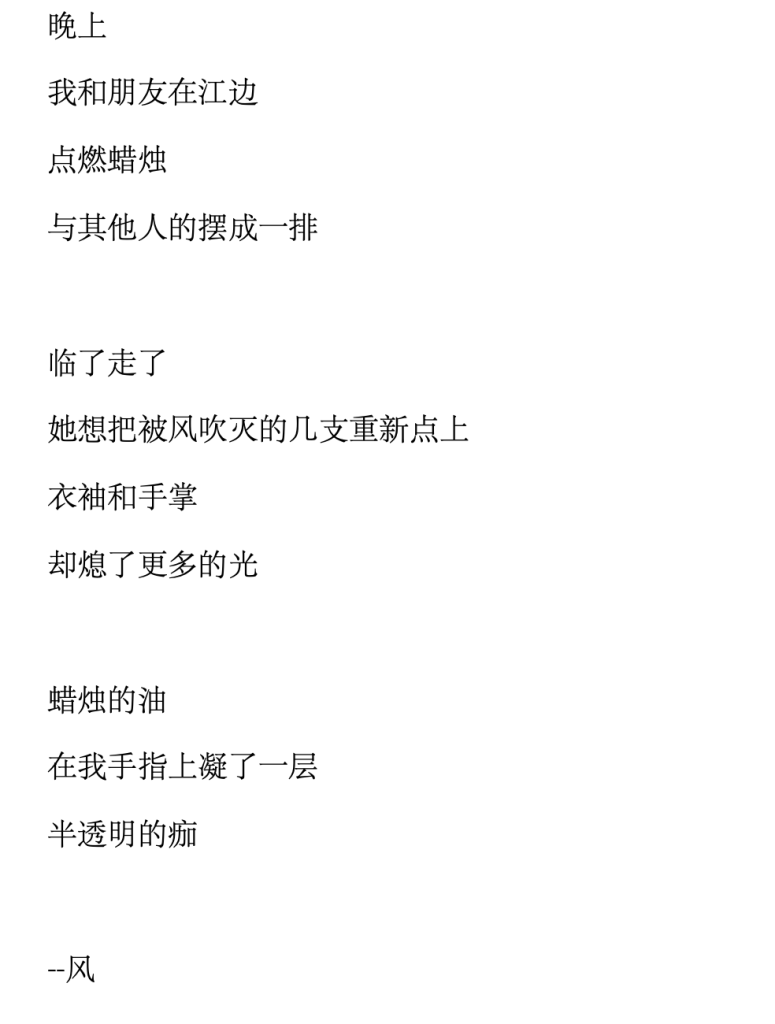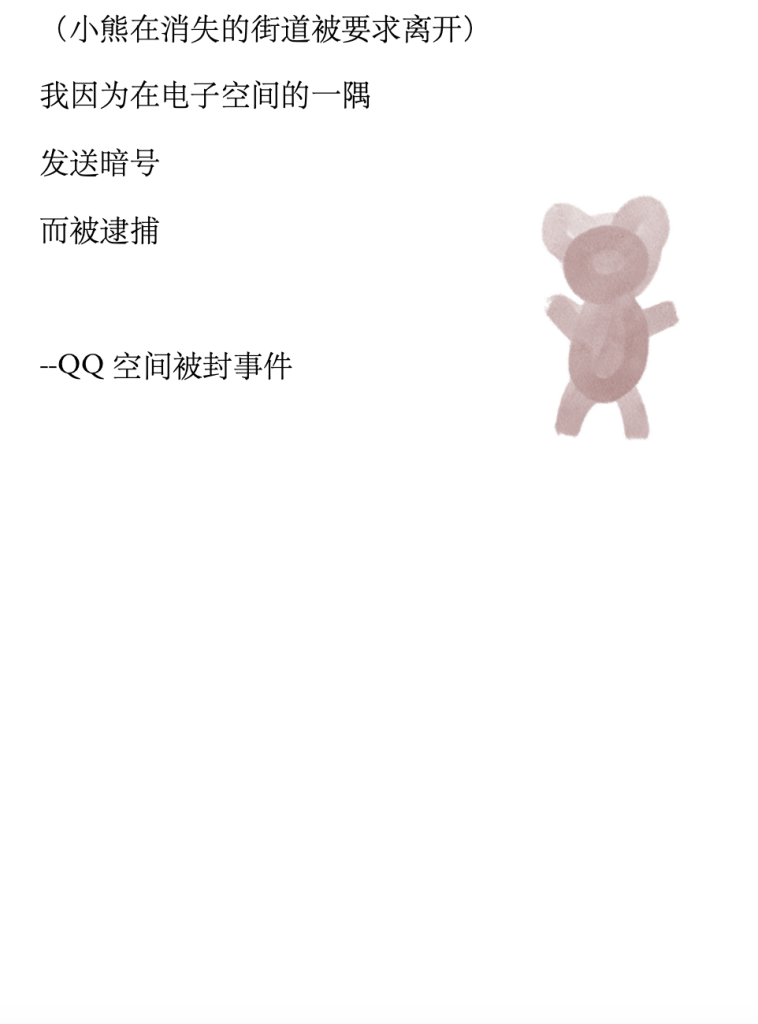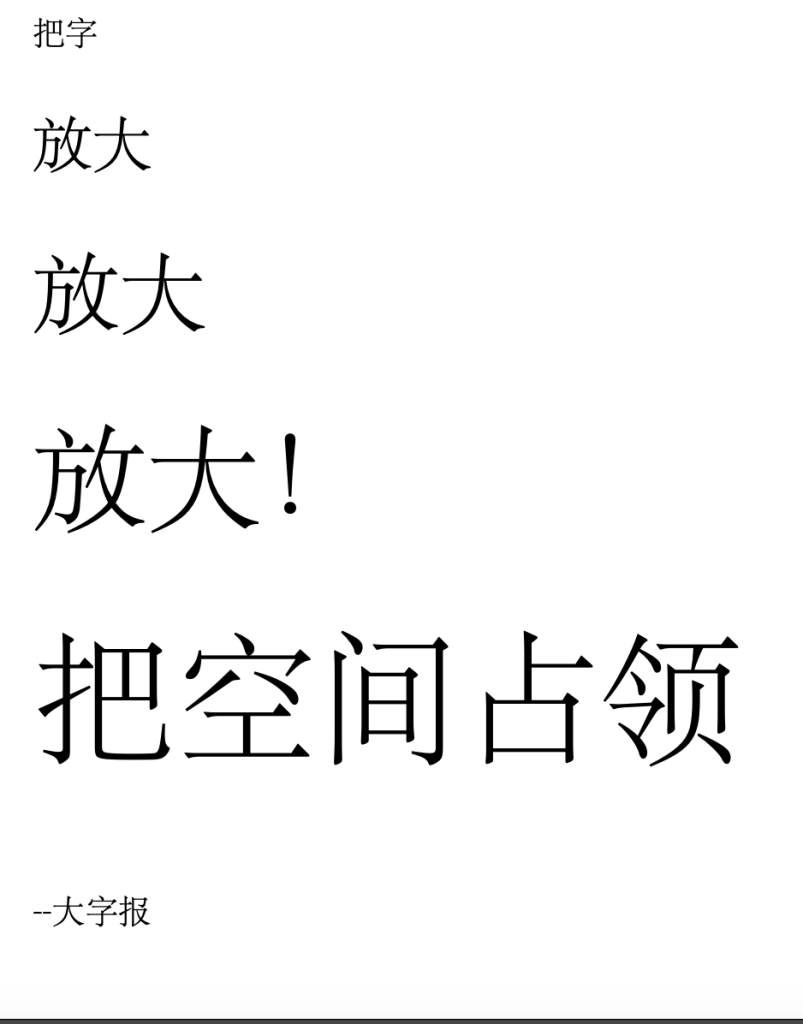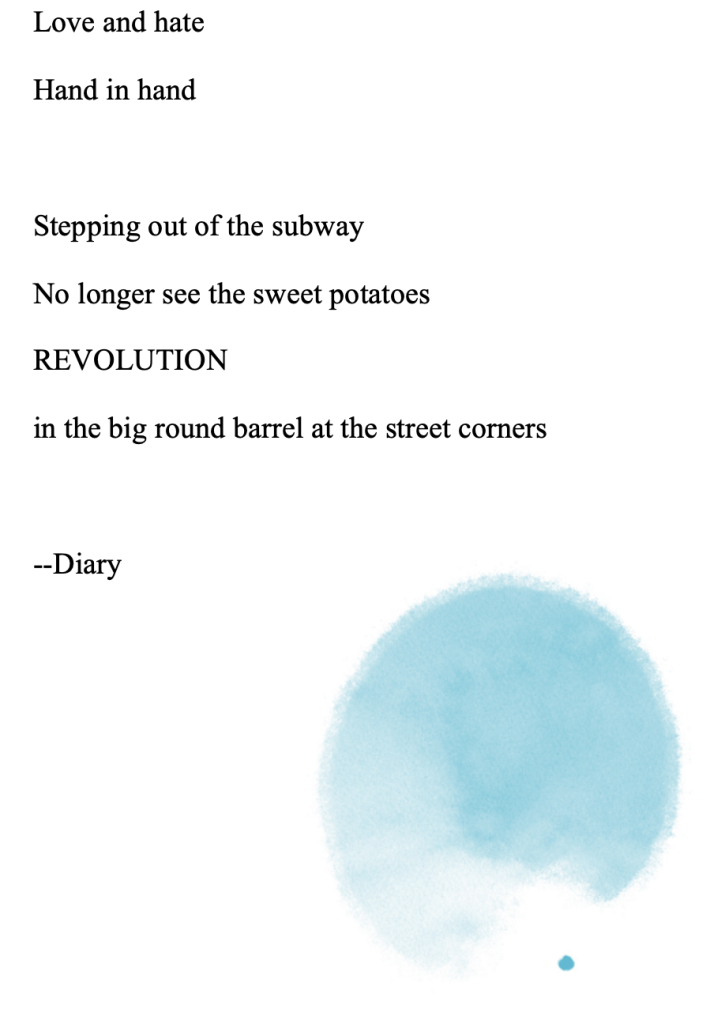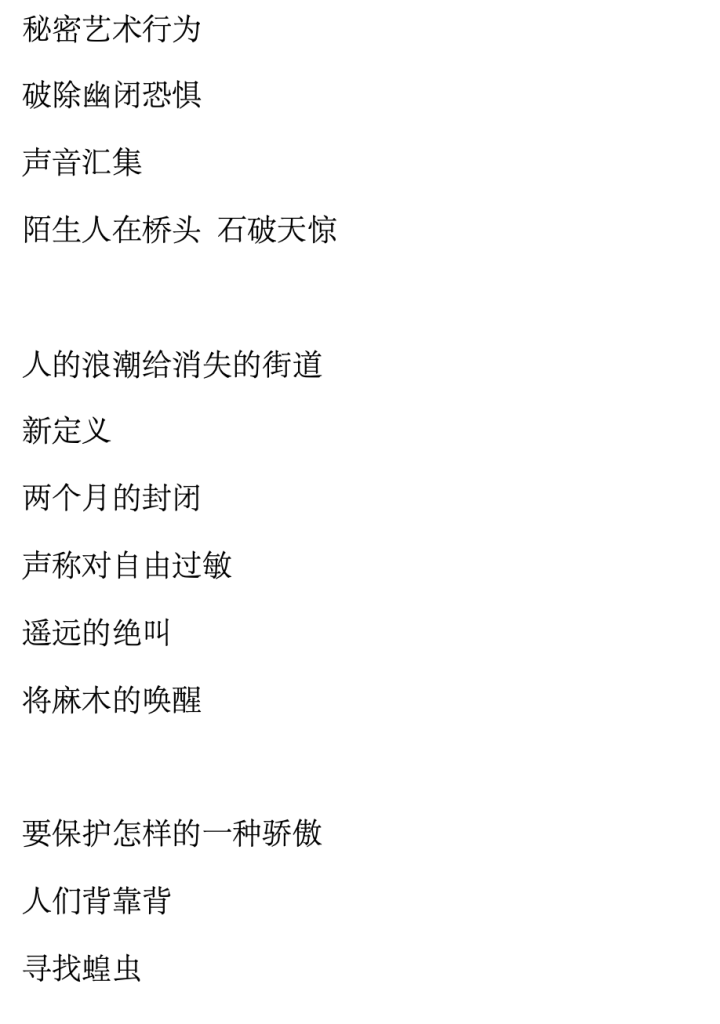Interviewed by Suzy Kim
Suzy Kim (SK): From strikes by healthcare and education workers to service and railway workers, some estimate that strikes are up by 50 percent in the US (despite decreases in union density), and globally there seems to be a palpable increase in labor organizing. What are the most pressing issues for workers in South Korea and the world today?
Wol-san Liem (WL): The post-pandemic world is marked by profound changes that impact the lives of workers and the choices trade unions are making. Economically, we are now facing high inflation and low growth, leading to what has been called a ‘cost-of-living crisis’ in developed economies. Workers are striking for cost-of-living pay raises in many places, especially where real wages have fallen in the last decade. This is particularly true for public sector workers and unions in developed countries who, on top of years of austerity are now seeing emergency COVID-19 funding dry up and facing cuts to services, at the same time as younger workers are starting to avoid these sectors because of lower-than-expectation wages and conditions. Strikes by education, healthcare, public transport and other public service workers in the UK all last year and through the beginning of this year, and the ‘mega-strike’ by airport, port, railway, bus and subway workers in Germany on March 27 are representative of this trend.
Permanently-employed public sector workers in South Korea often have comparatively higher wages than their counterparts in Europe and the US, due to the continuation of seniority-based pay systems (where pay goes up automatically each year of service), but Korean public sector workers have also been striking against plans to cut staff and services, privatize and reform pay scales in the last two years. From the perspective of low wage workers in Korea and elsewhere, the majority of whom are unorganized, it is not actually possible to strike for needed wage increases. That’s why unions have a particular responsibility in this moment to fight for minimum wage increases and the expansion of social security nets to protect all low wage workers, irrespective of union membership.
To speak of the particular context in Korea for the moment, the election of the conservative Yoon Seok-yeol government last year has added several pressing issues. In addition to the Yoon government being heavily focused on deregulation, marketisation and reduction of public sector deficits, it has also been very focused on cracking down on trade unions since the second half of last year. While past conservative (and to a lesser extent Democratic Party) Korean governments have also had similar orientations, Yoon is different in using legalistic approaches to cracking down on unions, which is also closely tied to targeting the Democratic Party and the use of anti-North Korea tactics and rhetoric. The crackdown attempts to make unions legally obligated to submit financial records; unions representing construction workers and truck drivers have been charged with anti-competitive cartel activity while individual union officials suspected of having ties with North Korea have been charged and the union offices raided. So in addition to needing a strategy to protect low-wage and precariously employed workers in the face of projected economic stagnation, and develop a sophisticated response to industrial and public sector reform that will put collective interests at the center (in response to Yoon’s old-school neoliberal policies), there is also the huge challenge of finding an effective response to his attacks on unions.
SK: From the February train derailment in East Palestine, Ohio to the deadly train wreck in Greece this March, we’ve seen some of the worst railway accidents recently, underscoring the importance of safety regulations. In the Korean truckers strike in 2022, the Safe Rates system was a major issue. Could you please explain the significance of this issue for the truckers, not just in Korea but globally, and why ultimately the KPTU Cargo Truckers Solidarity Division (KPTU-TruckSol 공공운수노조 화물연대본부) voted to end the strike despite their demands not being met?
WL: To answer this question, I first have to explain what Safe Rates is. A concept first developed in Australia, ‘Safe Rates’ or ‘Safe Rates system’ refers to a legal regulatory system through which minimum standards for rates of pay and related working conditions for road transport drivers are set with the goal of eradicating pressures on them to engage in dangerous on-road behaviors. Importantly, Safe Rates systems legally obligate the companies at the top of road transport supply chains to ensure compliance with these standards. ‘Safe rates’ (lower case) also refers to the actual minimum pay rates agreed to be fair and safe. The South Korean Trucking Transport Business Act defines ‘safe rates’ as “the minimum freight rates necessary to ensure traffic safety by preventing overwork, speeding, and overloading…” (ROK Trucking Transport Business Act, 2021, Article 2 (Definitions), 13). Extensive research demonstrates that if you pay truck drivers for all the time they work at a reasonable rate it will alleviate pressures to work overly long hours while fatigued, overload vehicles, speed, skip on maintenance and engage in other unsafe behaviors, reducing accidents and making the road safer for everyone.
Safe Rates systems were developed as a response to years of deregulation, outsourcing and subcontracting, which has put downward pressure on truck drivers wages and conditions, left many truck drivers formally self-employed (owner operators is the US term) and therefore responsible for the costs of operating their vehicles and without labor protections or trade union rights. The consolidation of power in the hands of the large companies at the top of road transport supply chains that contract for road transport services exacerbates the problems. Safe Rates become particularly important at times of rising fuel prices (like last year) because they make it possible to ensure that capital, not drivers, cover these costs. Similar systems exist in countries such as Australia, Canada, and Brazil, and unions in many other countries are also fighting to achieve Safe Rates legislation or introduce similar systems through agreements with transport buyers (those companies at the top of supply chains) and transport companies. From a strategic perspective Safe Rates systems are also important because they bring self-employed truck drivers and their unions into direct negotiations with transport buyers, effectively creating a bargaining structure that can be used to create industry standards, build solidarity among workers and expand members.
Given the importance of the Safe Rates system it is no surprise that Korean truck drivers went on strike to preserve the system last year. There was a sunset clause in the Safe Rates legislation, which meant that the system would end at the end of 2022 without new legal reform. KPTU-TruckSol struck twice in June and Nov-Dec calling for continuation of the system and expansion of its coverage to more drivers. These actions resulted in three promises made by the government and/or ruling party to maintain the system, one at the end of the strike in June, another right before the beginning of the strike in November, and finally following the end of the strike on December 22. The government and ruling party have broken all of these promises, and so sadly the sunset clause went into effect at the end of last year. However, KPTU-TruckSol is fighting for passage of legislation to revive the system. The government and ruling party have proposed separate legislation which would revive a weaker version of it, but this bill has several unacceptable provisions which fundamentally seek to lower freight rates to an unsustainable level, increase competition and destroy KPTU-TruckSol’s bargaining power. Of course the fight in Korea for a universally applicable Safe Rates system that is fully enforceable continues.
The decision to end the strike in December came in the face of severe government repression, including draconian return to work orders, violation of which carry the threat of heavy fines, prison sentences and cancellation of truck operating licenses for individual drivers. It also appeared at the time that the Democratic Party and conservative People Power Party would reach an agreement on a 3-year extension of the system. However, the government and People Power Party immediately backtracked on this.
SK: As someone who has been heavily involved in the fight for Safe Rates in South Korea and globally over the last decade, do you see any convergence and potential for solidarity actions across the world among road transport workers? What would enable transnational organizing to strengthen and empower workers toward systemic change?
WL: The demand for Safe Rates and the strategy for building union power based on it have galvanized solidarity among road transport unions and workers first in the Asia Pacific (Australia, South Korea, New Zealand) and now including unions in North and South America (Brazil, Canada), Europe (Belgium), Africa (Uganda, Kenya) and potentially in many other countries as well. Ultimately, the Safe Rates strategy is about much more than improving pay and conditions for drivers and road safety. It is about creating equal standards for all drivers on an industrial basis regardless of differences in forms of employment, nationality, gender, etc. Equalization of pay and conditions and the ability to make an industrial (as opposed to company by company) wage demand become the basis of expanded worker solidarity. This solidarity allows unions to target where power lies in supply chains (at the top) and shift that power to workers through their unions, and use it to expand membership and transform the road transport industry into one that is fair, safe, and sustainable for workers, the public and the planet.
Road transport unions from around the world will come together to launch a new phase of the Global Safe Rates campaign in the second half of 2023, bringing together unions in all of the countries mentioned above and more. This campaign will help build momentum for the continued fight in South Korea as well as spread Safe Rates to more countries.
We can think of similar strategies that should be employed in other transport sectors. For example, rail unions globally are facing cuts to funding and staffing and increased safety risks. Organizing workers throughout the rail industry, equalizing and improving conditions for outsourced workers, and eventually reversing outsourcing and reregulation of the rail industry, and the creation of democratic governance structures in which unions participate – i.e. making railways safe and sustainable for workers, the public and the planet – is a vision that all railway unions can support. They can learn from each other to implement this vision in their own countries and develop strategies to achieve it.
Cross-sectorally, identifying power in transport supply chains, which lies with the larger transport buyers, and developing ways to use the structural power of different groups of workers (such as warehouse workers, last mile drivers, and drivers of large trucks on artery routes) to target that power together to raise standards for everyone is one potential strategy for building solidarity. Of course unions should be in dialogue and share strategies on the larger policy questions of our moment such as around pension reform, public sector reform, labor market policy, climate change and just transition, etc.
SK: How has the government’s approach to negotiating with trade unions under the conservative Yoon Suk-yeol administration shifted, if at all, since the previous administration? Are there any clear continuities and/or discontinuities between the two main political parties of South Korea in their approaches to unions and workers rights given that both parties have appealed to the “national economy” and “national security” to curb union organizing? In the US, the Biden administration also overrode the freight rail workers strike over paid sick leave in the name of the national economy in December 2022, despite being labeled the most pro-union president since FDR.
WL: There has been a general trend with recent administrations towards making a distinction between ordinary workers and unions, framed as ‘a labor aristocracy’ or ‘interest group’, and portraying themselves as supportive of the interests of the former while seeking to discipline the latter. The previous Moon Jae-in administration came to power on the back of the Candlelight Protests, which led to the impeachment of President Park Geun-hye. Unions played a large role in this movement and many of their demands were included in Moon’s election campaign, Safe Rates being one. Very few of these were actually implemented, however, and the labor law reforms that were put in place had no real meaning in terms of improving the social status of unions or their influence in Korean society. In other words, the direction of Moon’s labor law reform demonstrated that the government did not see unions as a real ‘social partner’.
The Moon government did make attempts to include the KCTU in social dialogue through tripartite (union-employer-government) spaces, but these attempts failed early, in large part because of criticism from within the labor movement. Unions have to approach tripartite spaces with caution, as they are often used by governments to draw unions into supporting concessions or regressive policies. Social dialogue is really only meaningful if unions have a clear idea of what they want to achieve through it plus the bargaining power and strategy to achieve it. Arguably, the Korean labor movement had neither of these under Moon, complicating the situation substantially.
The two conservative governments that preceded Moon were much more overtly anti-union, but even they made a show of attempting dialogue with unions before moving into a repressive mode. In comparison, Yoon has from the start of his administration made clear that he has no intention to negotiate with unions. This attitude was clear during the June 2022 TruckSol strike and even stronger during the second strike in November-December. Between the two strikes, the Ministry of Land, Infrastructure and Transport flatly refused to meet with TruckSol to discuss extension and expansion of the Safe Rates system, despite having promised to do this at the end of the first strike. And, as I noted above, this position has developed into a very determined attack using crafty legalistic tactics.
SK: Despite the stop to the freight rail workers strike in the US, one of the largest freight railroads in the world, CSX became the first to offer paid sick leave in February 2023, opening the possibility that others will follow so as to secure workers at a time of labor shortages across all industries. Are South Korean workers able to leverage the labor shortage to their advantage and what are the possibilities for labor organizing in the current economic climate? How do you see the future prospects of union organizing, especially in the remainder of the Yoon administration in South Korea?
WL: The issue of labor shortages in the transport sector has not come to the fore yet in Korea in the same way it has in the US and Europe. For higher paid more secure jobs like in the rail, this is in part because railway jobs in South Korea are still coveted. The Korean railway is still operated by a public corporation, where directly-employed jobs are secure and well-paid (for the reasons stated above). Rather, the problem is cuts to staffing and outsourcing, which have an impact on work intensity and safety. Several avoidable rail accidents occurred last year because of these problems.
In trucking, the issue of low pay, long hours and dangerous conditions, which is the cause of labor shortages in the US (we usually say ‘shortage of decent work’ not labor shortage), are also an issue in South Korea (as stated above) and globally. However, in Korea driver shortages are not an immediate problem. Part of the reason for this has to do with the fact that South Korea’s road transport market is made up almost entirely of owner operators – workers who purchase their own vehicles on truck mortgages. Once you’ve done this you have to stay in the industry a long time to pay off the mortgage. Plus truck drivers are often not highly educated and may have less options than their counterparts in the US due to skill levels and the structure of the labor market. But truckers in South Korea are an aging workforce (the average age for truck drivers is 53.7; over 70% are in their 50s or over). As these workers retire over the next five to ten years it is likely that, unless conditions improve, younger workers will be reluctant to enter the market and Korea will face the same structural problem the US is experiencing. In other words, both the United States and South Korea need Safe Rates, not only to protect workers and the public, but also to make the road transport industry sustainable.
Wol-san Liem is Strategy and Policy Coordinator of the International Transport Workers’ Federation (ITF). ITF is a democratic, affiliate-led global union federation, representing the voice of transport workers at the International Labour Organisation and in other international and regional bodies. It is composed of 700 affiliated trade unions from 153 countries and nearly 20 million members across the world. It is headquartered in London with offices in Abidjan, Amman, Geneva, Hong Kong, Montreal, Nairobi, New Delhi, Panama, Rio de Janeiro, Singapore, Sydney, and Tokyo.
